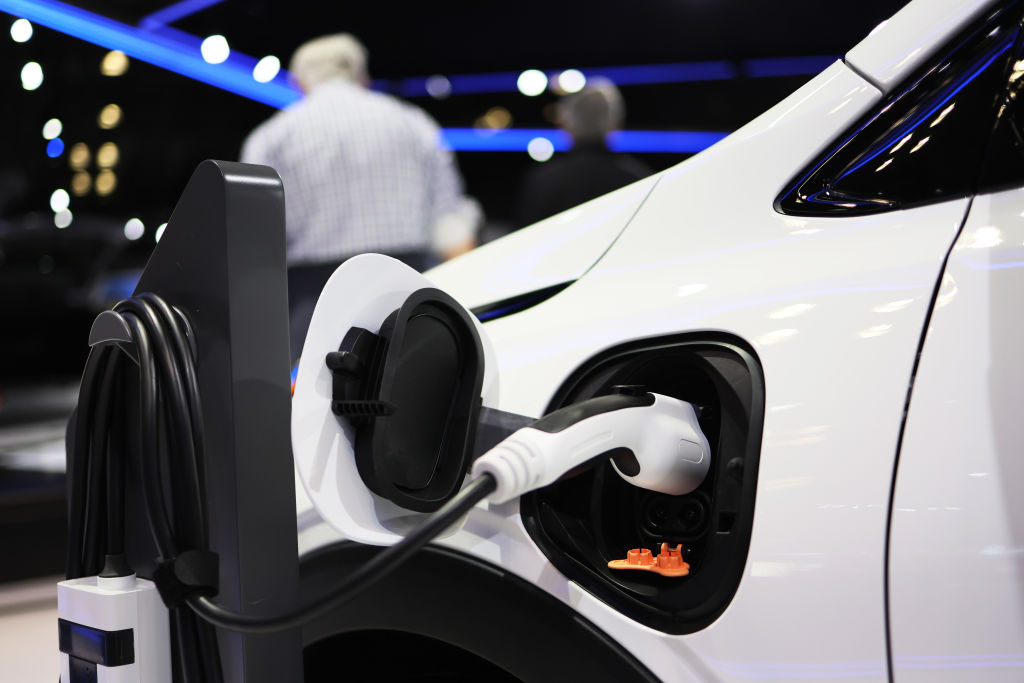Electric vehicles are not only unreliable, but can also be dangerously sluggish in winter temperatures. Is this really progress?
While renewable-energy zealots and climate change alarmists are singing the praises of battery-operated vehicles, the reality is that drivers may find themselves bracing for impact because of the technology’s limitations.
According to Tommy Mica on YouTube’s TFLEV channel, his 2022 Mini Cooper lost as much as 70 percent of its acceleration power during the recent Colorado cold snap.
Some owners have already figured out that they lose driving range when the temperatures plunge, but they could be left bracing for impact if they’re caught short on power during a merge or other situation where speed is critical.
“Hey everybody, so I want to talk about a fairly alarming issue I’m having in my fully electric car now that we’re deep into the Colorado winter,” Mica began in his video posted Tuesday.
“So most folks know this point that the range on EVs decrease when the temperatures go down, but performance also tends to decrease to varying degrees,” Mica argued.
He acknowledged that vehicles with traditional internal combustion engines also experience performance issues in the winter.
However, as the Department of Energy admitted, the cold’s effect, like increased viscosity of engine fluids and gasoline, isn’t as significant as it is for frozen batteries.
“Here’s the issue,” Mica later explained, showing the car’s dashboard indicators.
“Look at these bars go down, this is actually the acceleration meter on the Mini, and these little clicks mean how much acceleration you have available.”
“When it’s at 100, you get the full enchilada, you get all the beans,” Mica said.
“However, when the battery is very low, or if it’s very cold, you actually lose clicks as the car derates itself,” he added.
Mica then showed the indicator hover around 30 percent after sitting outside overnight in subzero temperatures.
The significance of this decrease became apparent when he took his Mini for a spin and attempted to merge onto a highway.
“Can we make it up the hill even?” Mica asked himself at one point.
The vehicle was slow to gain speed — one could almost hear the Little Mini That Could utter, “I think I can, I think I can” — but it got there eventually.
Any car that unexpectedly fails to accelerate is at risk for a rear-end collision or a failed merge, and this could indicate a problem across the board for electric vehicles.
Still, this technology is sold to the American people as the wave of the future even as they have demonstrably rolled back the progress automobiles made.
After more than a century of improvements and innovations, the internal combustion engine has become solidly reliable in all kinds of weather and conditions, every time.
Something like turning on the heat in the cabin for the comfort of passengers is effortless in a gasoline-powered vehicle. Not so for some electric vehicles that can’t spare the voltage.
Having a full tank of gas all but guarantees that the car will go the promised distance regardless of the temperature.
The same can’t be said of electric vehicles that lose battery life while parked in the cold, potentially leaving its drivers stranded on the side of a frigid road in a dead vehicle.
Electric vehicles are still so unreliable that the elites who push for them in every home garage in America still rely on gas-guzzling SUVs to ensure they get where they need to go no matter the distance or degrees.
There may come a time when electric vehicles actually become the modern miracle they’re touted as today.
Unfortunately, we’re not anywhere close, even as our betters try to sell us on the idea that these cars are our future.
The potential dangers, coupled with the fact that electric vehicles are more expensive to buy and maintain, make it a ludicrous proposition to foist them on us.
If progress means dangerous, unreliable, and sluggish electric vehicles, we’re better off in the past when only toy cars were battery-operated.
This article appeared originally on The Western Journal.

























 Continue with Google
Continue with Google